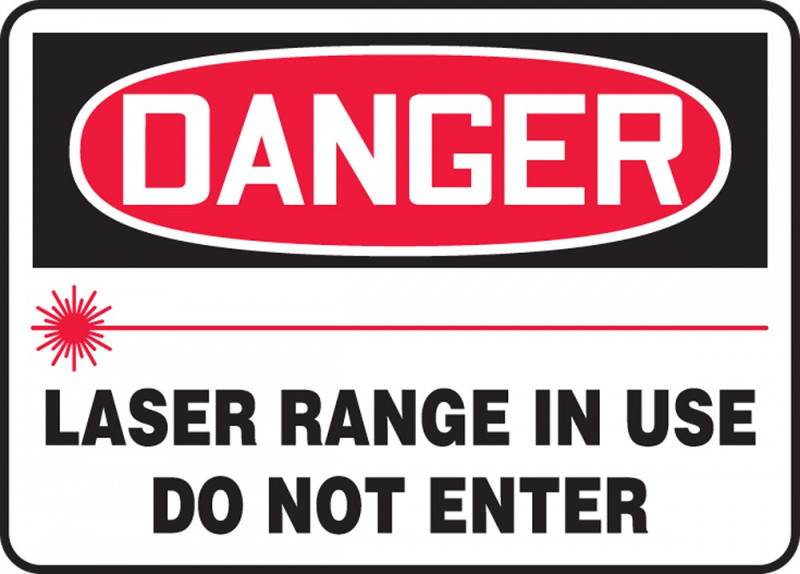[Anthony] at UCLA needed to verify the shape of a laser beam. Commercial units for this, as you would expect, are expensive. But a Raspberry Pi with a Pi Noir camera easily handles the task. Not only is the use of the Pi cool but so is the task – they are using lasers to cool molecules to study quantum effects. The Pi camera without the IR filter captures a wide bandwidth making it suitable for use with non-visible lasers. [Anthony] captures the beam along two axes and plots both curves on the LCD touchscreen. That data, based on the pictures, is also available on a host PC. All this in a super compact package with a 7″ touch screen display.
One reason I find this fascinating is I did something similar 1977 at the University of Rochester Laboratory for Laser Energetics. My project was measuring the energy cross-section of a laser beam. The research goal of the Laboratory was the study of inertial confinement laser fusion. While [Anthony] uses an entire camera my project was limited to a 1 dimensional array of charge coupled devices (CCD). The output went to a Tektronix storage terminal and was printed on thermal paper for reference. He uses Python running on the target system. My work used a Z80 development system the size of a tower PC to write my program in assembly language which was then executed on a single board computer. We’ve come a long way. My code is long gone but you can get [Anthony’s] on GitHub.


















Awesome project!
Interesting, but any CCD camera that works with MicroManager (https://www.micro-manager.org/) can use plugin called Open Beam Profiler (http://sourceforge.net/projects/beamprofiler/). You’ll be up and running in relatively no time.
Is it possible to get external synchronization for the camera? Lets say I have pulsed laser and I want to always integrate the same number of pulses. Is it possible to trigger the camera with TTL signal from the laser source?